What is the History of Binoculars?
The current binocular was patented in 1854 by Ignatio Porro for a combined prism mounting system. The first binocular telescope is from Jean Pierre Lemiere, who created one in 1825. The History of Binoculars.
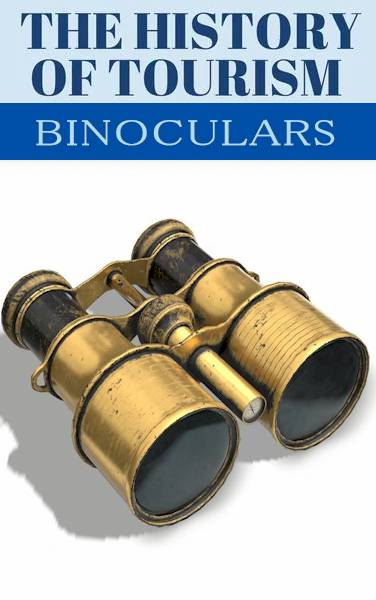
What is the difference between a Binocular and a Telescope?
The difference between a binocular and a telescope is that they have a wider field of view and less magnification than the telescope. Light penetrates through the lens and focuses the image seen in our eyes. The prisms allow the image to be seen correctly in our eyes, since it comes from more distant axes.
Who invented the Binoculars?
The binocular was first conceived in 1608, when Hans Lippershey attached two telescopic tubes to observe objects at great distances, seeking a clearer image with it. But this origin is still questioned, since many claim that it was not an invention but an experiment. In the 17th century, the German priest Reitha attached 2 telescopes to what he called binoculars. Binoculars history
The creation of the first model itself, like the ones we use today, was developed by D’Orleans de Cherubin from Milan and by I.M. Doubler from Berlin, during the first half of the 18th century. They were not well received by the public, prompting the inventors to abandon the project entirely.
What did Ignatio Porro invent?
In 1854, the Italian inventor Ignatio Porro integrated a prism into the box of the most advanced binocular designs. It became very popular due to this invention, and Porro’s prism ended up being named in a tribute after his death.
The main feature of the Porro prism is that it allows the condensation of light from the light source to enlarge the images seen from the exit pupil, becoming the basis of today’s functional binoculars. Binoculars Porro
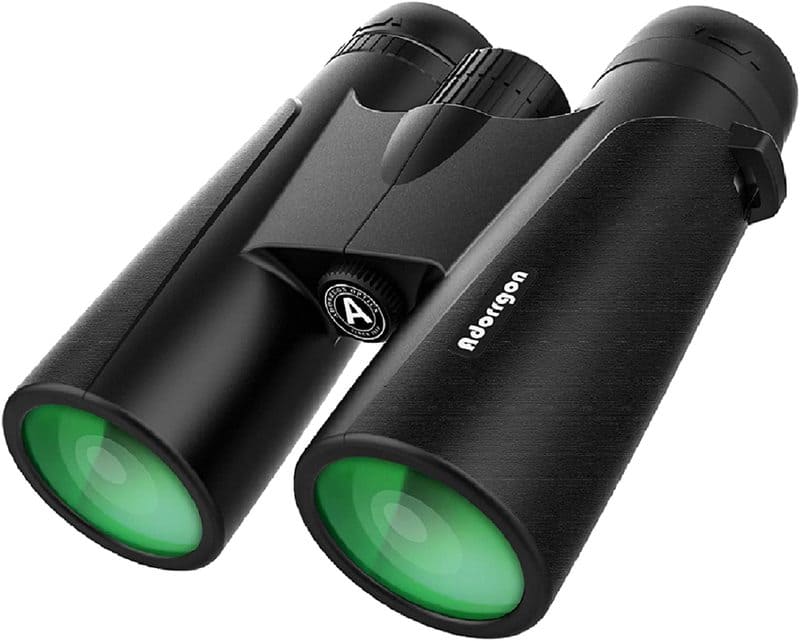
12×42 Powerful Binoculars for Adults
with Clear Low Light Vision – Large View Eyepiece Binoculars for Birds Watching Hunting Travel
12×42 Binoculars, but Lightweight Enough, Weight only 1.1 pounds Equipped with 12x powerful magnification 42mm large objective lens and 367ft/1000yds large field of view. Capable of delivering a clear face from more than 650 feet away.
18mm Large Eyepiece Binoculars, Larger Image, Clearer Details 2.25 times the image size of 12mm eyepiece binoculars (e.g. 10×25 12×25 10×21 compact binoculars). Large eyepiece makes full use of 12x magnification, delivers larger image ensure clearer details.
HD Vision with Quality Optics – Clear Low Light Vision
Waterproof, Lightweight, Durable and Anti-slip Grip Binocular
What was the Galileo Telescope like?
The telescope was invented in 1609 by the Italian scientist Galileo Galilei, who used it to observe craters on the moon for the first time. He also observed the sunspots, and four large moons of Jupiter. Also the rings of the planet Saturn. This telescope was 30X magnification and the vision of it was not good given the lack of polish of the glass lenses of the telescope.
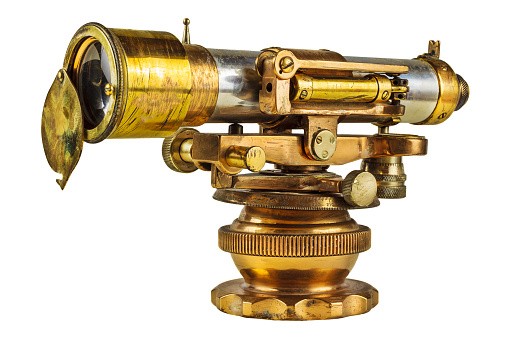
What was Isaac Newton’s telescope like?
Isaac Newton redesigned Galileo Galilei’s telescope, using curved mirrors instead of glass lenses. He did it in 1705.
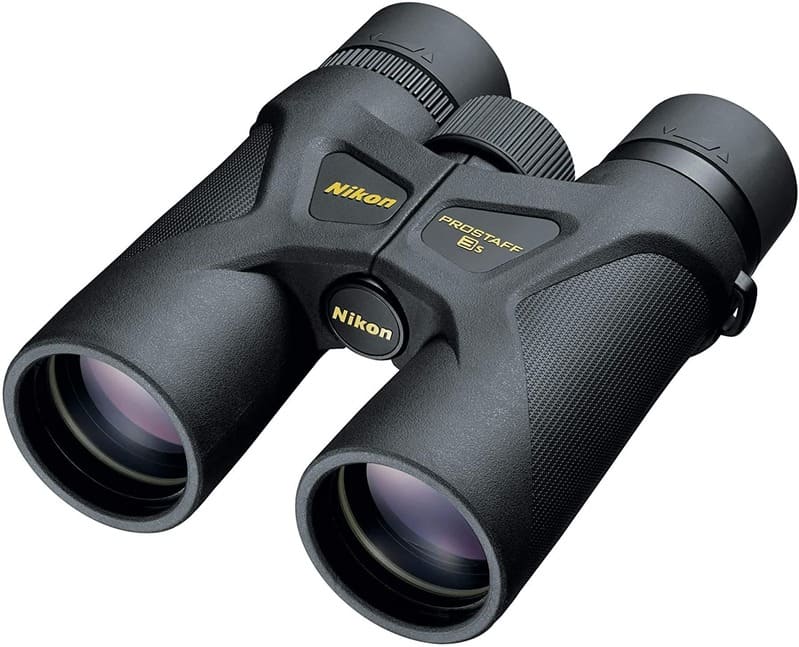
What was the James Short telescope like?
The Scottish James Short in 1740 created an elliptical, parabolic mirror telescope. This method had few distortions
How are modern binoculars?
Today, binoculars are a very popular item for sportsmen, nature lovers, explorers, and most fundamentally the military, in addition to other uses ranging from recreation to bird watching, including investigating UFO reports. .
This equipment is suitable for terrestrial, maritime and, in some cases, astronomical observation. Since the vision of both eyes is used simultaneously, when you look through a binocular you have a perception of the depth of the scene, that is, a three-dimensional view: you can notice the width, height and depth.
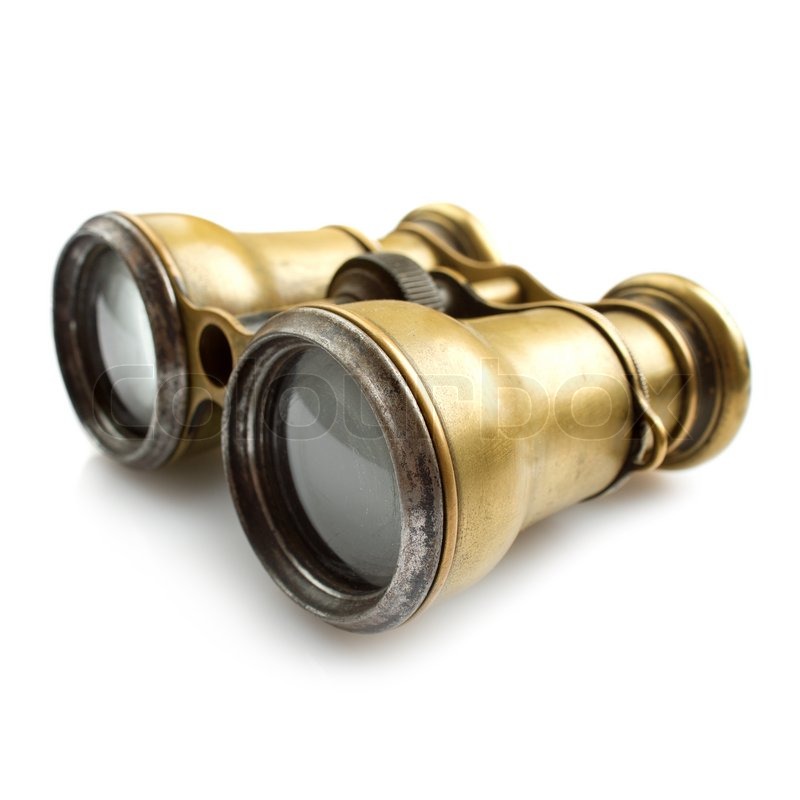
US National Parks – Hiking Safely on National Parks
Camping Gear – eReader for Vacations
Nikon Prostaff 3s Binocular
Multilayer-coated kenses for brighter images
High-reflectivity silver-alloy mirror coatings for a bright and clear view
Turn-and-slide rubber multi-click eyecups
Water Proof and Fogproof – Eye Relief 15.7 Millimeters
NIKON Store on Amazon

